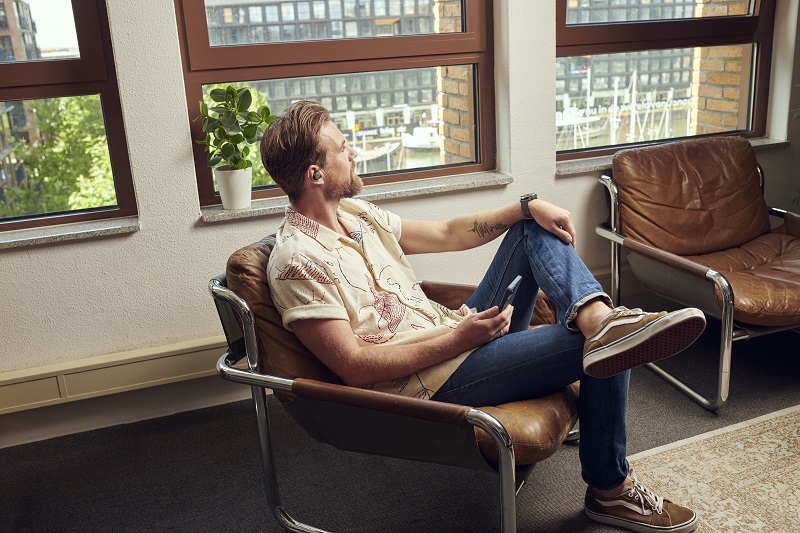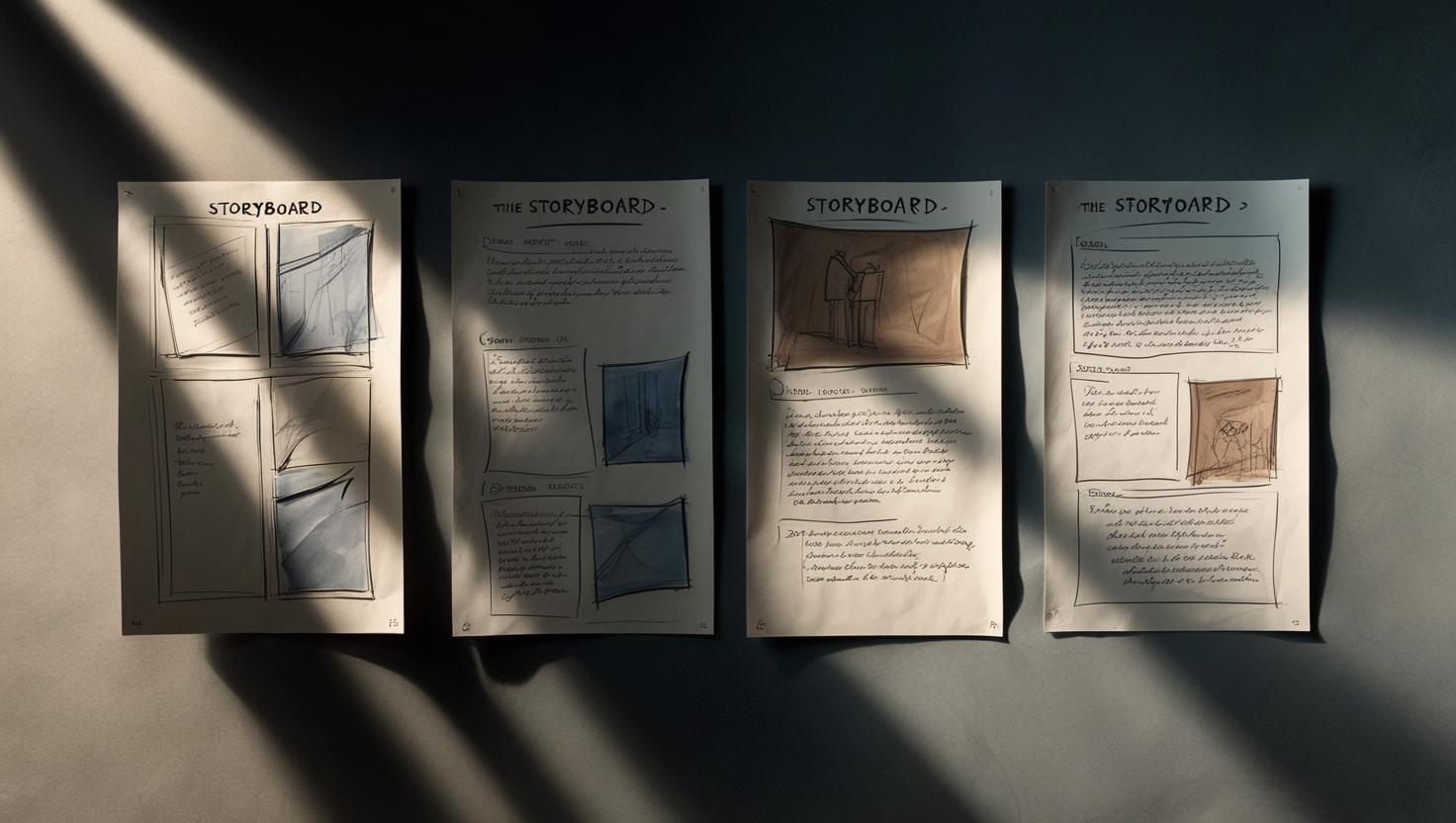The remix of Billie Eilish’s track lomilo is going viral right now. The track was mixed with a ‘new technology’ called “8D”. Put on some headphones, and suddenly you can hear the music all around you. I’ve already received this track plenty of times, with comments such as “It’s like she’s right next to you!” or “She moves all around, how does she do that!?” Are you wondering the same thing, and want to know how 8D audio really works? In this blog we’re gonna dive deeper into putting the science behind 8D sound in layman’s terms.
8D sound? More than 100 years old…
8 dimensions? Man…. I can understand 3 dimensions. Front and back, up and down, left and right. That’s what you’re hearing in these 8D music tracks. The other five dimensions, you ask? Well, that’s mostly clickbait, 8D just sounds cooler. The name is the only new thing about this “new” technology, by the way; the technique itself is more than a hundred years old.
The first to experiment with it was a man named Clement Ader back in 1881. He built the ‘Theatrophone’, a system with a couple of telephone-microphones attached to the side of the podium of the Opera Garnier in Paris. Listeners could put on a special pair of headphones and experience the show in 3D. Maybe not as funky as the Billie Eilish track, but the effect was the same.

The technology experienced a second wave of popularity in the 70’s, this time known as “binaural” sound, or 3D sound. In 1978, Lou Reed was the first to release a binaural record, ‘Street Hassle’. Later on, the Rolling Stones would experiment with binaural technology on the album ‘Flashpoint’, and Pink Floyd made a name for themselves by using holophonic sound (a variant on binaural) on the album ‘The Final Cut’.
And now 3D sound is back once again, in new and exciting ways, like virtual reality. VR makes use of technology like Ambisonics or Dolby Atmos to make their sound fully 3D. And now it all comes back around to Billie Eilish going viral with binaural sound.
So 8D sound is nothing new. But that doesn’t make it any less impressive. Because how exactly does it create the illusion of sound coming from outside your headphones?
Hear me out…
Sound comes in through our ears, but it’s up to our brain to process the information. They interpret the sound we hear. Where is it coming from? Is it close, or far?
In order to figure it all out, our brains use “hints” within the sounds. We have two ears. If someone calls to you and they’re on your left, the sound will reach your left ear first, and hit your right ear a microsecond later. That tiny difference (we’re talking milliseconds here) is enough to tell your brain the sound is coming from the left. But that’s not all. The farther away the person is, the softer the sound. Another hint.
At the same time, now that the person is farther away, the more chance there is that the sound will reflect off walls, floors, ceilings and more. Those reflections come together to form reverberations, or reverb. You know, the sound you hear when you’re in a church, or in the bathroom. More reverb and less direct sound? Another hint for your brain to calculate how far away the person is. Those are just some of the hints that come together to form your perceptive hearing.
Another thing that comes into play when determining where a sound is coming from is the actual shape of your ears. There’s a reason our ears aren’t just holes, the conch shell around our ears (in technical terms, the auricle) reflects the sound. We use it to determine if a sound is coming from above or below. Even your head and shoulders reflect sounds. Perfect, because all those reflections help our ears determine where sound is coming from.

That’s the secret to 8D sound. If you know how to simulate these hints in audio, it’s easy to fool any regular pair of ears. And if you’re a master of deception when it comes to mixing your audio, you can actually trick your ears into thinking the sound is coming from outside your headphones.
How can you make 8D sound?
How to fool your own brain? Well, the obvious idea is to use a computer. That’s how we do it now, but they didn’t have that option back in 1881.
There is a much simpler way. Put two microphones next to each other and make them face left and right, with the same distance in between that we have with our ears. This way, the microphones will simulate actual ears, and capture audio much in the same way that we hear.
Well, sort of. Like I said before, your auricle and your head and your shoulders all come into play when it comes to how exactly we hear, which microphones obviously lack. So deciding whether a sound is coming from above or below is suddenly not as simple.
Luckily, there’s an invention for that: dummy heads. These are plastic heads with microphones built into the ears. For example, Neumann, one of the world’s largest microphone brands, produces the KU-100:

Fun fact: every ear is unique and has its own shape. If you were to switch ears with someone, it wouldn’t be as simple to figure out where sound is coming from as it usually is. Your brain is used to your own set of ears, not this new pair. This is a problem with dummy heads; everyone interprets what they hear differently. It’s why they use an “average” ear shape, simulating the most common shape ears usually have, so that the audio sounds realistic to as many people as possible.
The video ‘Barber Shop’, wherein you receive a virtual haircut, was recorded with a dummy head, for example.
The computer allows us to do even more. A computer can actually simulate all the hints that we’re used to when hearing in real life, even without a dummy head. This way, you can take an existing track and make it 8D, and let the sound come from wherever you want. Or you could have the sound move around you, like with the Billie Eilish track.
Why headphones?
Every 8D video says the same thing: ‘use headphones.’ But why?
Now that we know how our ears use reflections and time differences between the two to tell where audio is coming from, it actually makes perfect sense. If you were to play an 8D track on a speaker, the sound would reflect off the walls and ceiling. Those real hints will mess up the simulated hints in the audio, and clue your brain towards the audio’s real origin, ruining the trick. Headphones eliminate any real reflections, leaving only the simulated effect. You leave your brain no choice but to believe the illusion.
Now we know 8D’s secret. A combination of reflections, time differences, reverb and more to fool you. Or rather, your brain. When it comes to binaural sound, the craft continues to be perfected and it’s only getting better. The Billie Eilish track didn’t go viral for nothing, it makes great use of the effect.
More 8D audio
I can’t get enough of 8D sound, so I wanted to close on some great examples of 8D that you can find on YouTube. Have any other 8D videos you recommend? Share with me in the comments.
Popular 8D hits
This playlist is filled with awesome 8D tracks. Great to listen to when you’re working; that is, if you can keep your focus.
Audio Illusion Brain Tricks
This video just gives you the creeps. No music, just sound simulated around you, from the striking of a match to footsteps passing you by. Even the aforementioned Barber Shop video pops up for a moment.
Nature sounds
Even better in 8D. If you’re distracted by 8D music during your work, this might be a pleasant alternative.
Horror in 8D
This is a fun one, if you dare. A great horror video brought to live with binaural audio.




